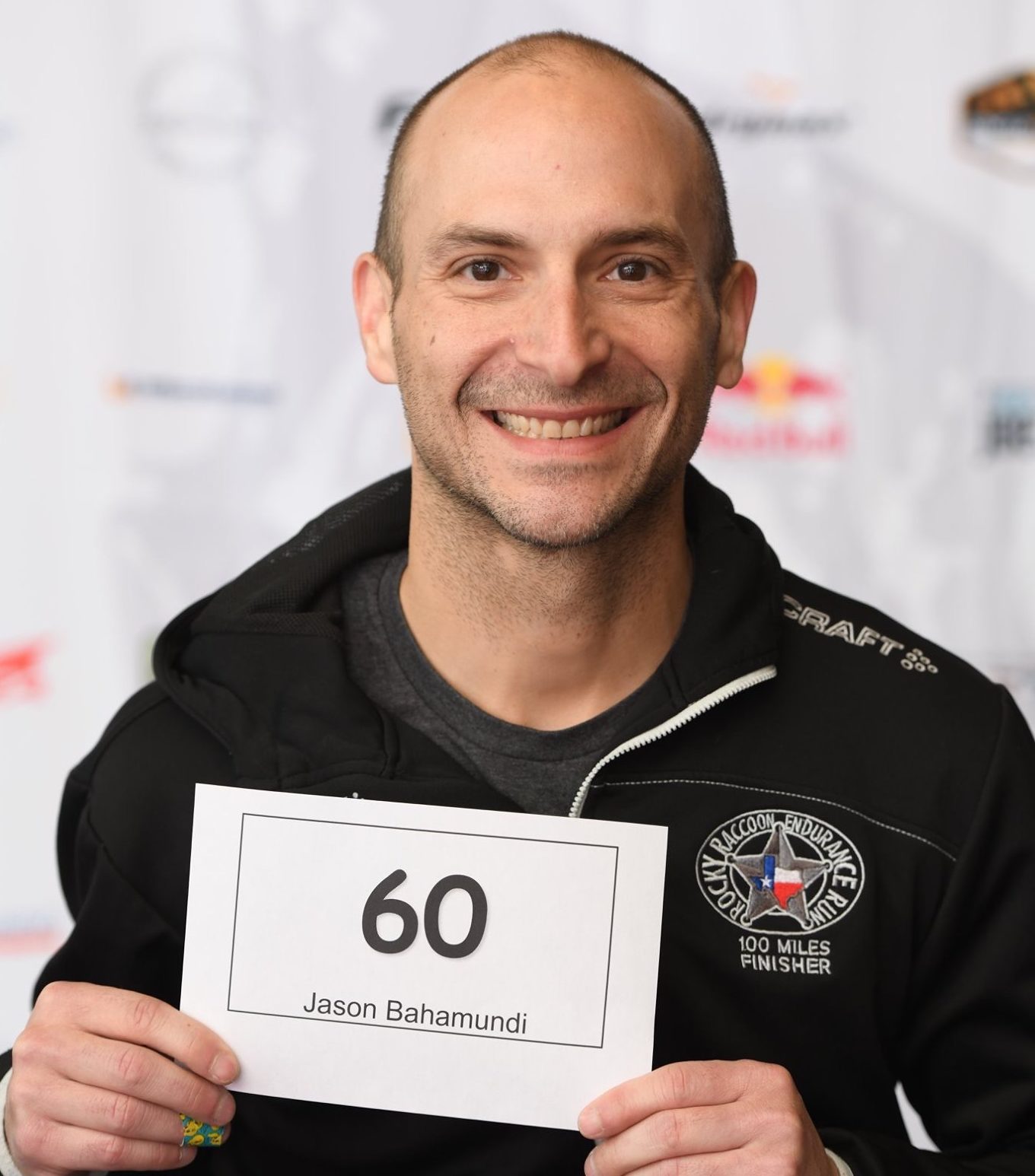Lessons Learned From A Decade In The Dirt

On August 25th, 2013 I laced up and set foot on the first dirt trail I would ever race on. It was the 2nd day of the Hotter N’ Hell festival in Oklahoma. The half-marathon was called the Wee-Chi-Tah Half Marathon Trail run. At the time I had no idea what those first steps would lead to, other than the certainty of ‘dying’ on the trail. That race started what would be the next decade in the dirt.
It took almost a year before I laced up my shoes for another trail race. That race has led to spending the past decade in the dirt (OK, 9 years but does 9 years in the dirt sound as good?) Over that time, I have learned a number of lessons. One of those lessons is that, while it feels like this is my last race, it in fact hasn’t been my last race. Not yet, anyway.
LESSONS FROM A DECADE IN THE DIRT
Your Choice Of Shoes Matter
I have run, predominantly, in Hoka for the past 9 years but that doesn’t mean I haven’t experimented. Running trails means that you will be on varying types of terrain. You may be running on forest bed, mud, desert rocks, gravel and even more. There are shoes that can be used on all types of terrain. Be sure you’re using the right shoe for you on that specific terrain.
I experimented with a shoe that didn’t have as much cushion as I had been accustomed to. After nearly every run on a rocky course that was longer than a 10k, my feet hurt. Hurt so much that walking to the bathroom made me think how badly I wanted to go. When I would run in a shoe with more cushion on those same trails, I had no problem.
Wondering whether or not you have the right shoe for the trail? We recommend going to your local running store. The people that work at these specialty running stores will help get you into the right shoe for you and for the terrain that you are about to run on.
Don’t Skip Strength And Core
We have all seen the articles about not skipping out on going to the gym and doing core work. These articles aren’t written just because the author is bored but because it makes a big difference. The beauty of working on strength and core is that it doesn’t have to take a long time. It also does not require you to go to a gym.
I’ve been doing the same core routine for years, it includes stretching and balance. Best of all it takes me 30 minutes. I listen to a podcast while doing the work and I believe it has allowed me to be injury free.
Looking for a way to get started? Here are a couple of balance exercises that will help you work your core. They will also help develop the tiny muscles in your ankles.
Stand on one leg and hold for 10 seconds. Close your eyes and hold for 10 more seconds. If your leg comes down before you hit 10 seconds then you get to start over again. Repeat until you hit the 10 second goal and then switch legs. You will develop a stronger core, better balance as well as strengthen the muscles in your ankles and lower legs.
Ignore Your Watch (As Much As You Can)
You’ve heard the term: A country mile. You may have also heard the term: a trail mile. They are probably one in the same. Neither will tell you how long it will take to run that mile because they are also different.
When I first started trail running, I thought that I’d be able to hold my road paces in the dirt. I was wrong. Very wrong as a matter of fact. It didn’t take long to learn that lesson. That being said, it has been one that has greatly benefited my mental strength during training and racing.
Why should you ignore your watch? The varying terrain of the trail will lead to varying paces. One mile may be 100% uphill and you’re hiking the entire time. Another section of the trail may be predominantly downhill and you could be going faster than you would on a flat section. All of the varying terrain makes for uneven splits but also a lot of fun.
Will I look at my watch when it beeps? The answer is yes, but the impact has been minimized. I know the terrain of the last mile I ran but I may not know what’s ahead. Add in fatigue, hydration and nutrition components and the next mile may be faster or slower. I have learned to run by feel. Knowing my race plan going into the race allows my watch, to provide a gauge against the goal.
A Decade In The Dirt
Trail and ultra running are where I prefer to train and race. I love the idea of going longer on an unknown surface with varying grades of elevation. I prefer the opportunity to run, walk, and hike in the desert or forest. All of this doesn’t mean that I don’t pay attention to the lessons that are being taught. I work on my balance and core. Strength training is a part of my routine, as is swimming and cycling. I pay attention to my gear. Checking my gear ensures that it’s right for the trail I’m about to run or race on.
By paying attention to the little things, I can give myself every chance for success. For the past decade in the dirt, it has paid off.
ADVERTISEMENT









